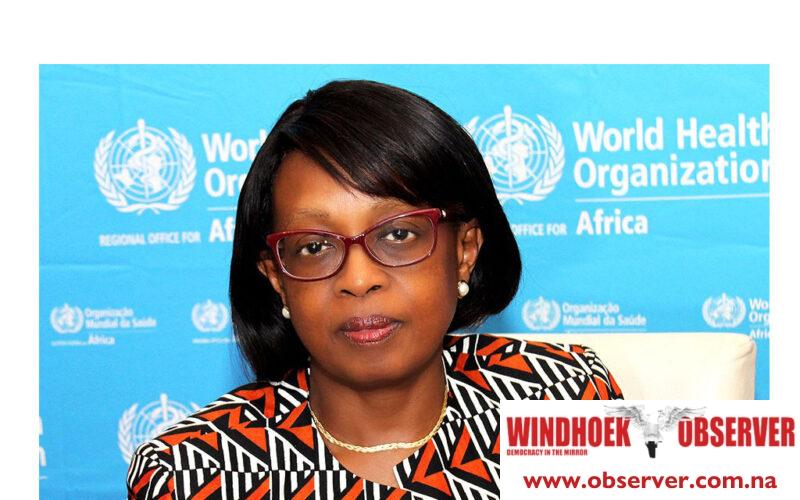Niël Terblanché
Women living with HIV face a higher risk of developing cervical cancer due to their increased vulnerability to human papillomavirus (HPV) infection, according to recent studies.
While this challenge is particularly prominent in Africa, where high rates of HIV infection persist, it also presents an opportunity for screening and prevention, as highlighted by the World Health Organization (WHO).
Matshidiso Rebecca Moeti, the African Regional Director of WHO, stressed the importance of leveraging HIV screening and treatment services to raise awareness about cervical cancer and offer screening and vaccination opportunities for women attending HIV services.
The WHO has been actively working on integrating cervical cancer screening and treatment services into HIV programs, with notable progress in countries like Zambia, which initiated this initiative in 2018.
In November 2020, Zambia successfully screened approximately 235 women with HIV. Namibia and all other African nations have been encouraged to follow this lead in integrating cervical cancer services into HIV programs.
Moeti said that these services can also be integrated into various other healthcare programs.
In 2023, WHO launched a three-year project aimed at integrating breast and cervical cancer services into primary healthcare services in several countries, including Cote d’Ivoire, Kenya, and Zimbabwe. This initiative targets more than 3000 women, emphasizing the importance of early detection and prevention.
During January World Cervical Cancer Awareness Month is observed during which the global health community reiterates the necessity of raising awareness about cervical cancer and the critical importance of regular screening.
The theme for this year’s drive is “Learn, Prevent, and Screen,” and will focus on educating women about minimizing cervical cancer risks and the life-saving benefits of regular screening.
Dr Laina Iiyambo, a clinical and radiation oncologist, has raised concerns about the alarming surge in cervical cancer cases, particularly in the northern regions of Namibia.
She stressed the urgency of comprehensive education initiatives to raise awareness about the disease.
Despite being one of the most preventable cancers, cervical cancer incidence remains high in the country.
Dr Iiyambo also stressed the importance of recognizing signs and symptoms, as early stages may not always exhibit clear indicators beyond typical discomforts such as lower back pain or unusual genital discharge.
She urged women to seek immediate examination at the nearest health facility upon experiencing these signs.
With over 300 annual cases reported in Namibia, the Ministry of Health remains committed to treating every case, regardless of its severity.
Dr Iiyambo stressed the need for information dissemination, particularly in the northern regions, where most cases are reported, and the importance of using all available communication channels to ensure that information reaches people in a language they understand.
The link between HIV and cervical cancer highlights the need for increased awareness, early detection, and prevention efforts.
The global health community, in partnership with local healthcare providers and organizations, have collaborated to combat cervical cancer and to ensure that women receive the necessary information and support to protect themselves from this preventable disease.




